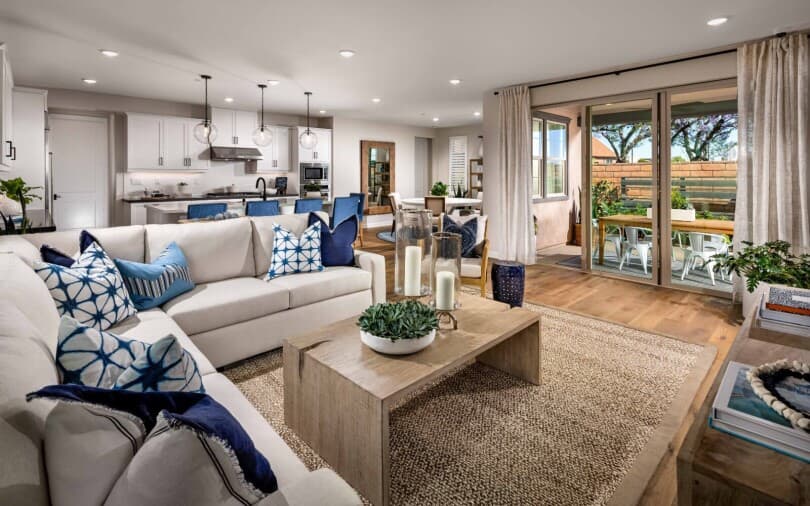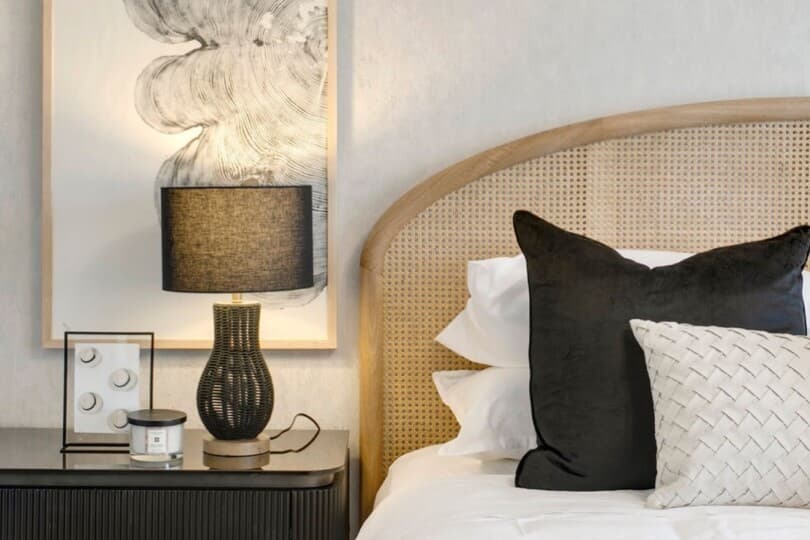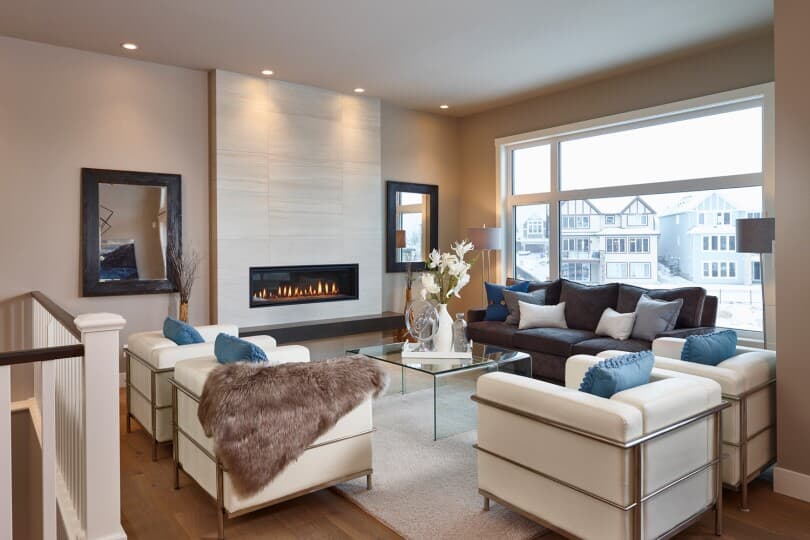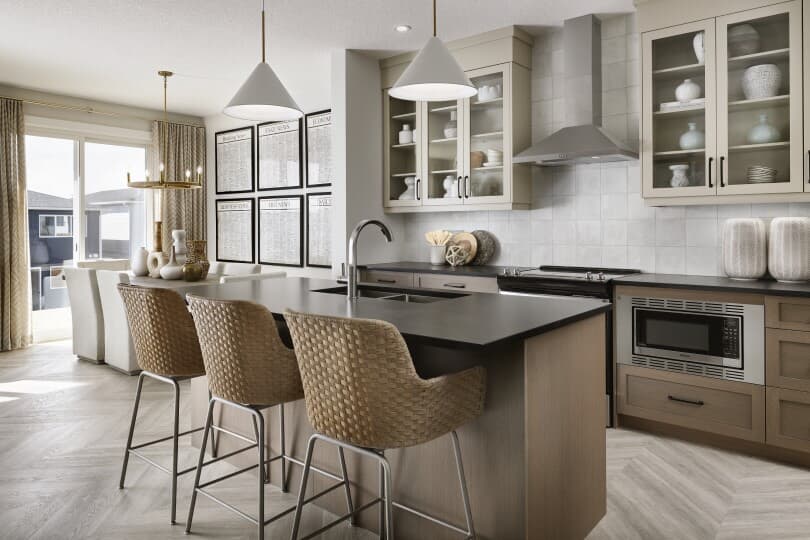Lighting 101: The Basic Types of Lighting
When you think about an inviting room, you probably envision welcoming furniture, stylish décor, and cozy accents – not lighting. Any experienced designer will tell you that lighting is an essential piece when decorating, not the after-thought that many consider it.

Lighting has a direct effect on our mood: bright lights make us feel energized and more productive while dim lights help us relax and feel calm. A well-designed room should have flexible lighting to meet your needs throughout the day.
So, how do you properly light a room? Since no single light fixture can stand alone, the key is to layer your lighting to accomplish different goals. This is done with three basic types of lighting: ambient, task, and accent.

Ambient Lighting
Whatever the size of your space, good lighting starts with ambient lighting. This is the main source of lighting that illuminates the entire room. It serves as a replacement for natural light when the sun goes down and should fill the space as evenly as possible.
Ambient light sources are typically overhead such as recessed lights or ceiling fans. They’re not the most glamorous, but they’re necessary to provide comfortable, balanced light and allow you to perform your daily tasks.

Task Lighting
Just as it sounds, task lighting is a designated light source that provides illumination for specific tasks. It’s necessary in areas where you work, cook, read, write, etc. When you think about task lighting, think about the lamp on your bedside table or under cabinet lighting in your kitchen.
While you can perform daily activities like cleaning or getting ready with ambient light alone, task lighting helps to complete more detailed work like chopping vegetables or applying make-up. Task lighting is designed to brighten the shadows left where ambient light doesn’t reach. This is why having a layered lighting strategy is extra important.

Accent Lighting
This final layer in your lighting scheme is commonly called highlighting because it’s used to draw attention to a particular area or item such as artwork, sculpture, plants, or a bookcase. It’s a great way to create visual interest by literally shining a spotlight on conversation pieces.
While some people may deem accent lighting as the least necessary type of lighting in a room, the details are what make the biggest difference. You can elevate areas like your hallway into an art gallery with the right lighting.

Layered lighting works together to fulfill the changing lighting needs of any room. It’s easy to take your dining table from the perfect homework hub to romantic dinner ambiance with a few adjustments in your lighting.
Be sure to follow the Brookfield Residential blog for more design advice, homebuying insights, mortgage tips, and more. Explore where we build and connect with our sales team when you’re ready to learn more. We’ll be expecting you!

